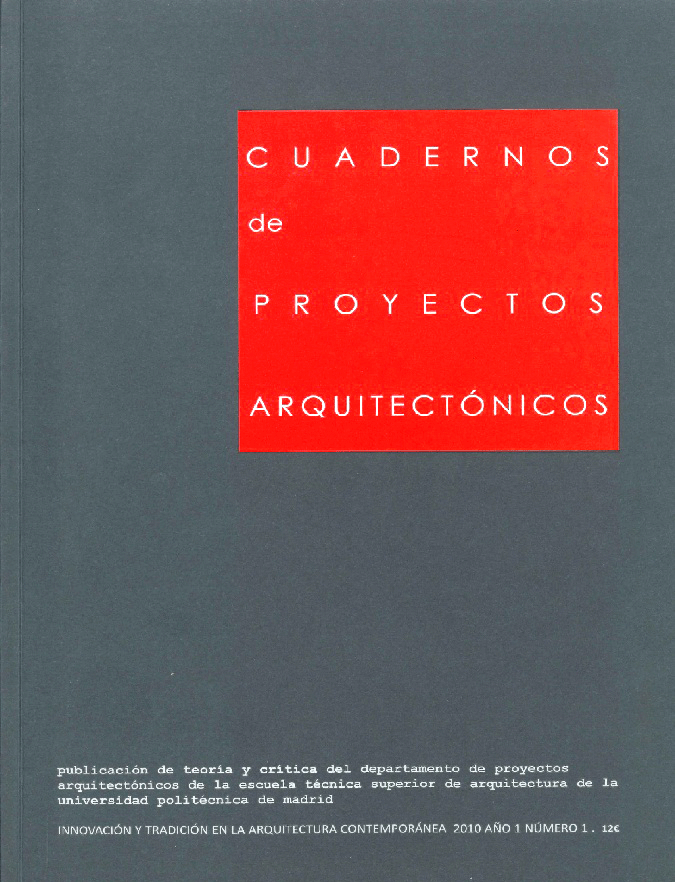Sanaa y Kazuyo Sejima. Casa en un huerto de ciruelos
Resumo
The house in a plum grove shows the plastic language of modernism with its white and abstract image, its free façade, and its flat roof. The terrace of this house by Sejima is conceived as another habitable space of the building, since it is configured as one of the autonomous living spaces that make up the house. Double-height spaces are created with empty volumes that make up autonomous units. These units are assembled to each other, generating a highly intense spatial complexity through the division of the original pure prism. All the plane surfaces of the house work as diaphragms, mainly responding to internal stress forces having to do with buckling and warping than to vertical forces. The wall surfaces are placed creating right-angled corners and forming the different volumes that make up the house. In the corners, all three planes work to provide each other with bracing. An apparent isotropy is sought, along with a tack of distinction between horizontal and vertical planes. Through the study and observation of several models with progressive modifications, Sejima's architecture, the Sanaa office, is able to find the true concept that generates the project, which goes beyond the original sources of modernism. In conclusion, the House in a Plum Grove stands out not only for its compactness and physical coherence, but also because it marks a milestone in the development of contemporary architecture at a conceptual level.Downloads
Downloads
Publicado
Edição
Secção
Licença
1. Los autores conservan los derechos de autor y garantizan a la revista el derecho de una Licencia Creative Commons Atribución-NoComercial-SinDerivar 4.0 Internacional que permite a otros compartir el trabajo con un reconocimiento de la autoría.
2. Los autores pueden establecer por separado acuerdos adicionales para la distribución no exclusiva de la versión de la obra publicada en la revista (por ejemplo, situarlo en un repositorio institucional o publicarlo en un libro).












